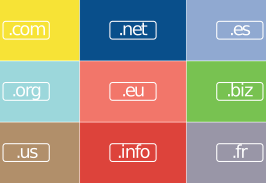Preventing attacks is much easier than cleaning up after one. There are a number of options available when it comes to protecting your site and putting up a line of defense against hackers. You should assume that at some point in time your website will be hacked. A good backup service (kept separate to your website files) and layers of security and secure passwords for your admin and emails is imperative.









